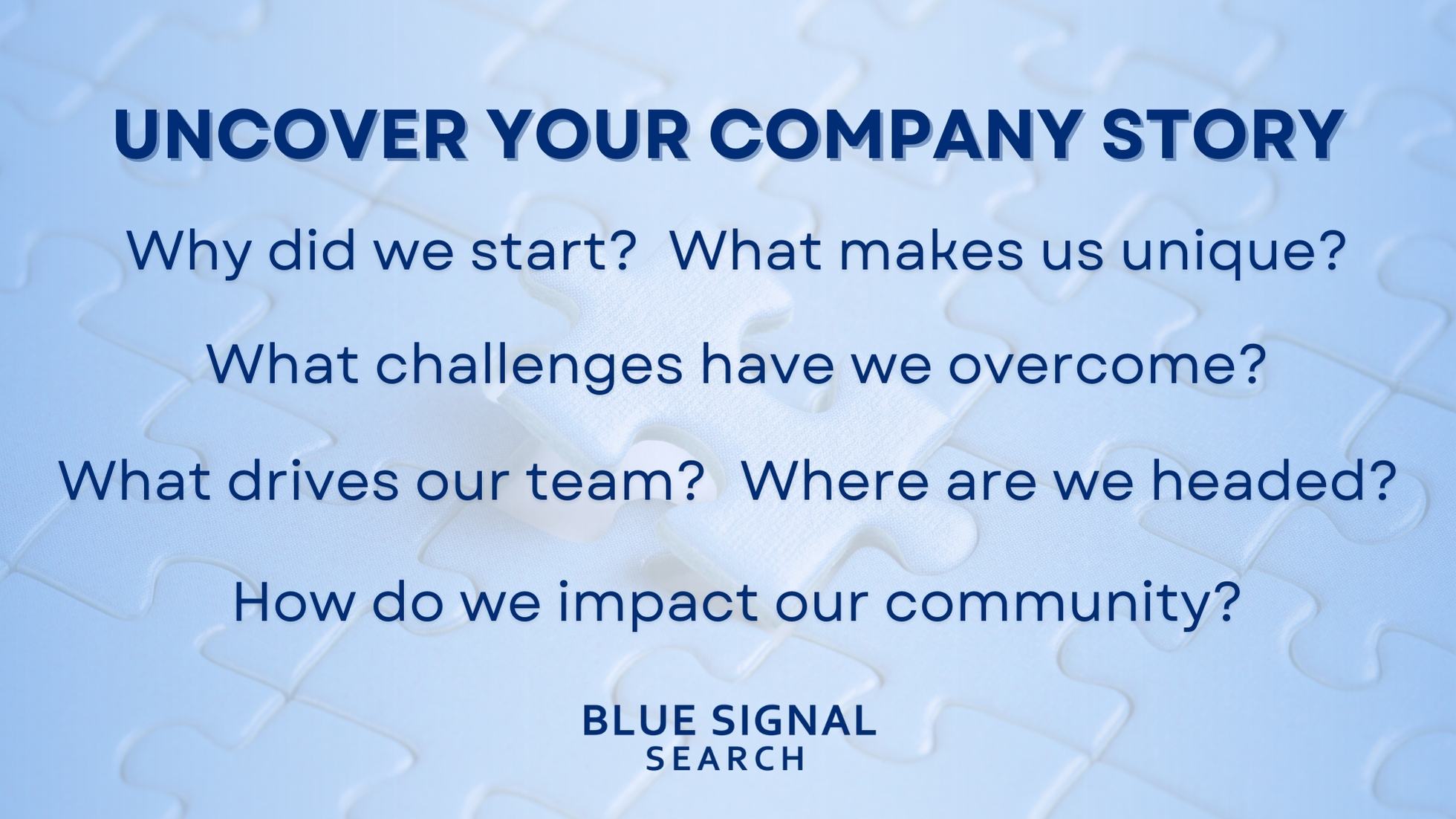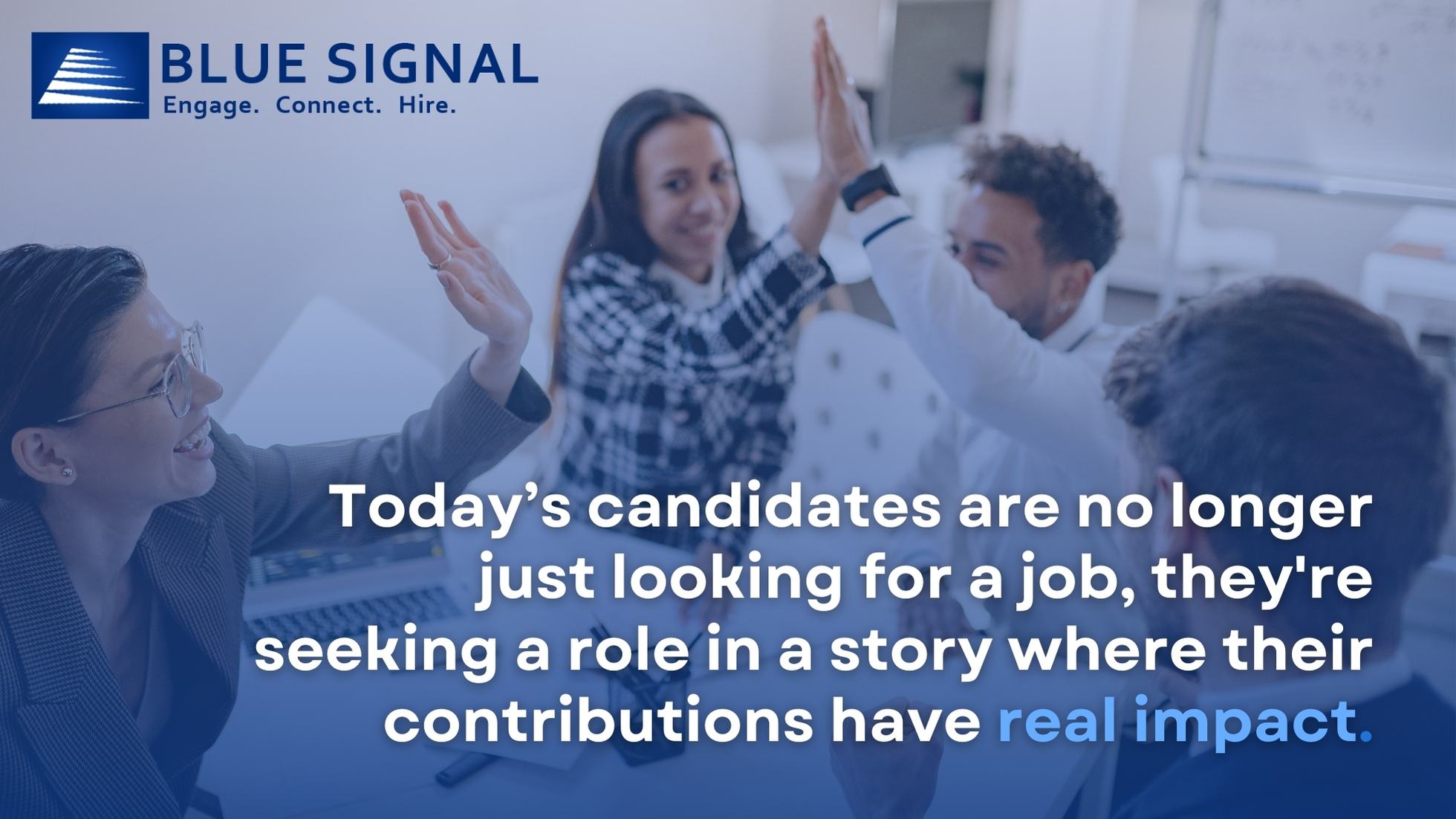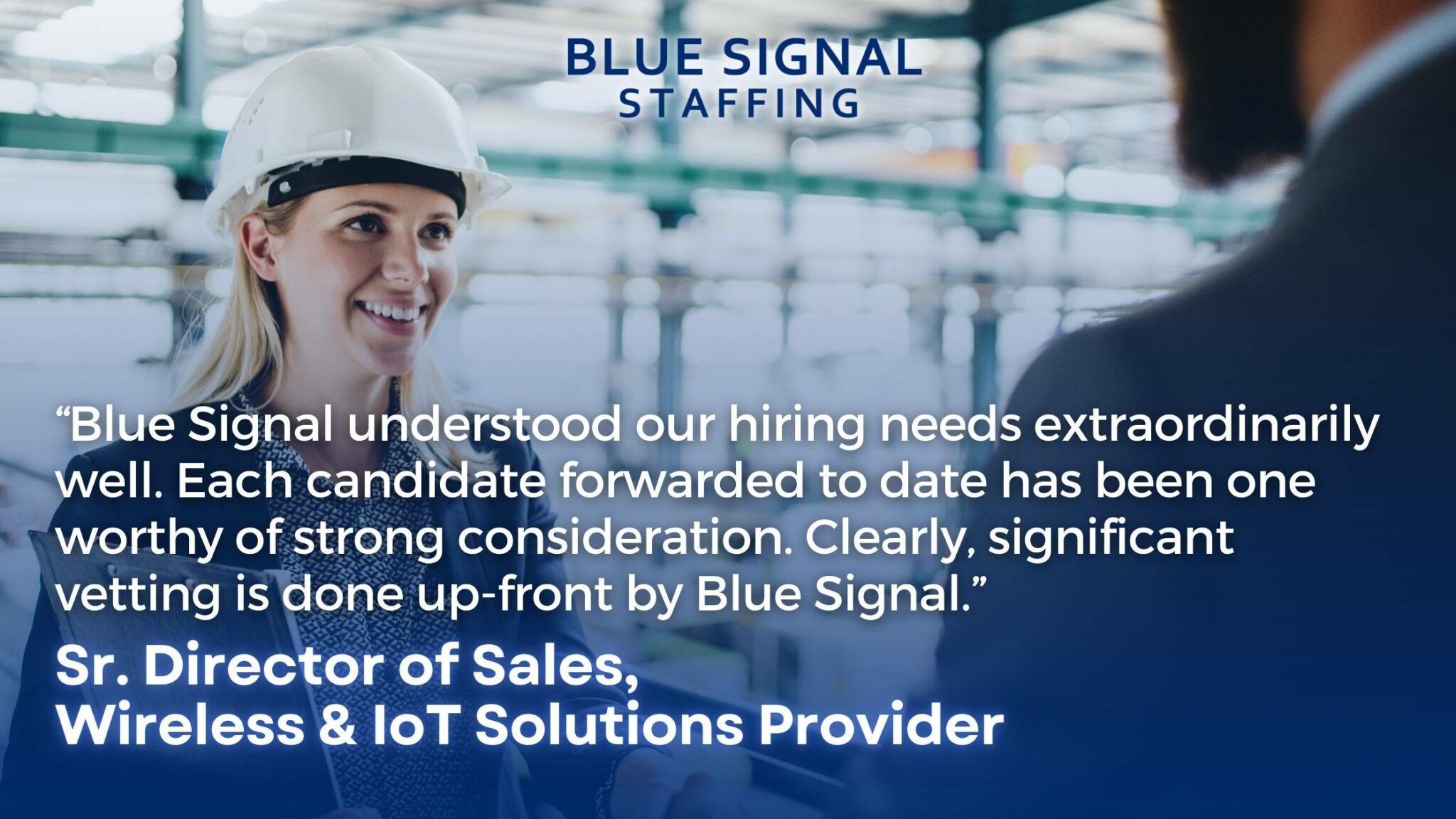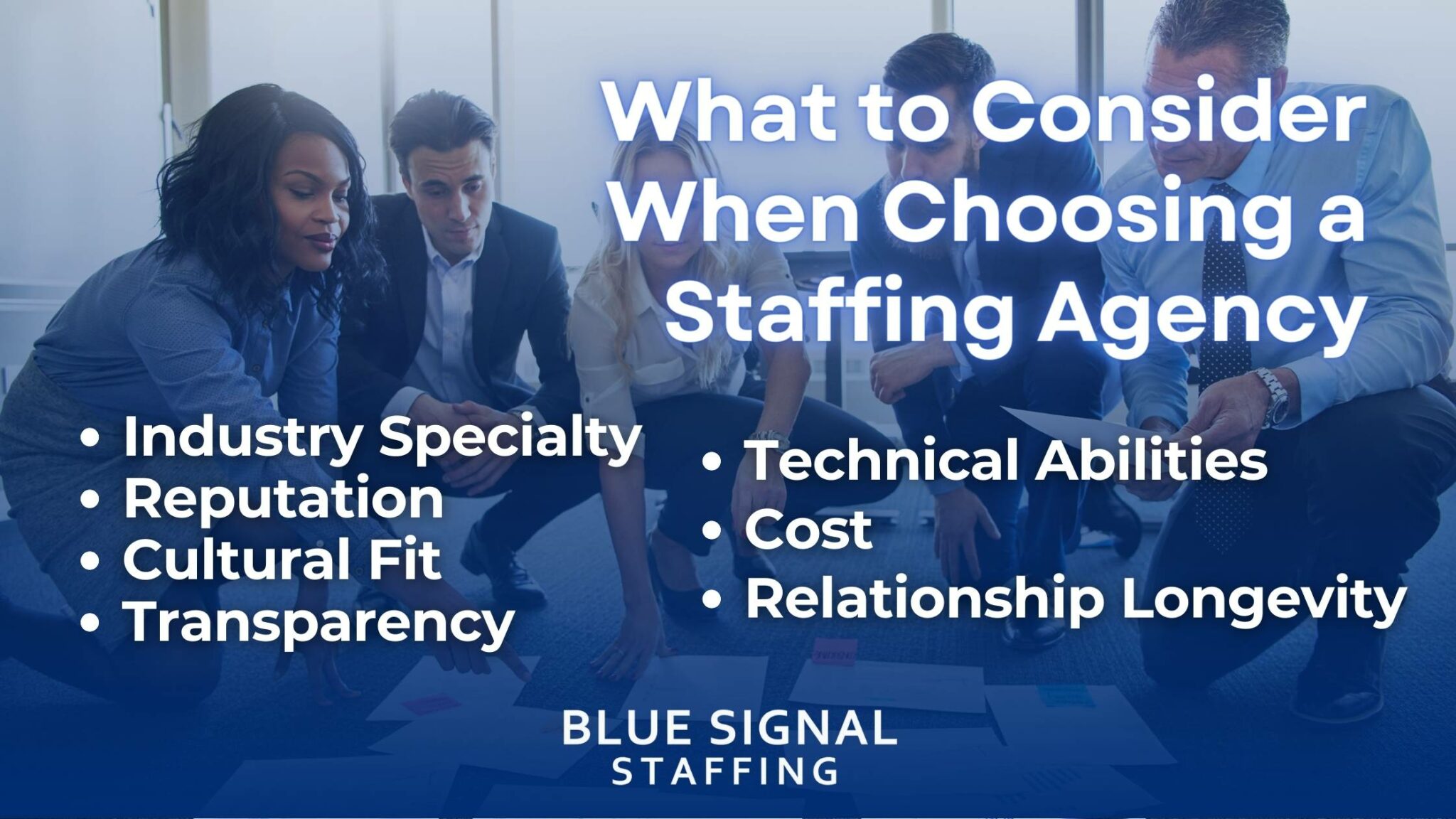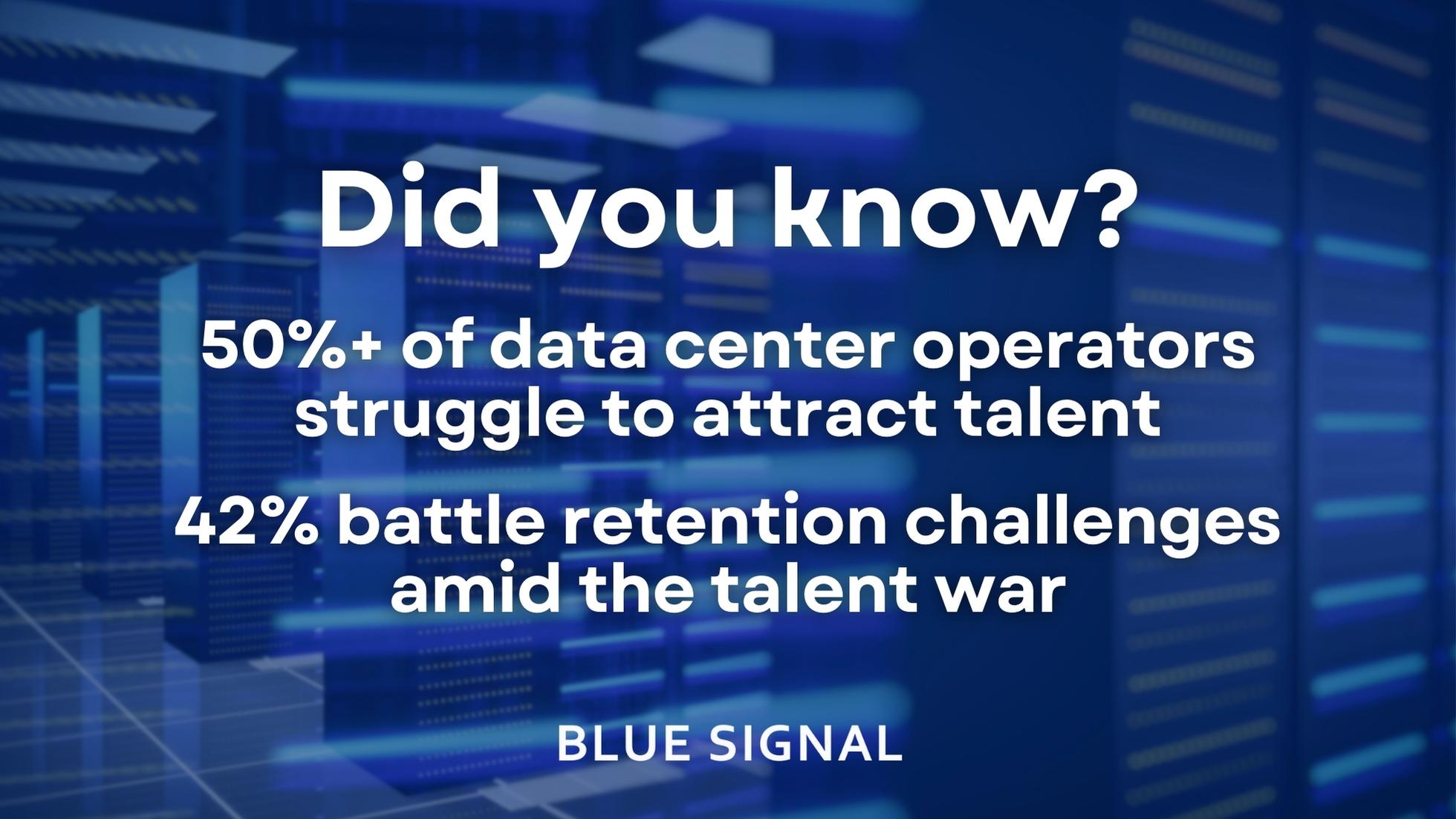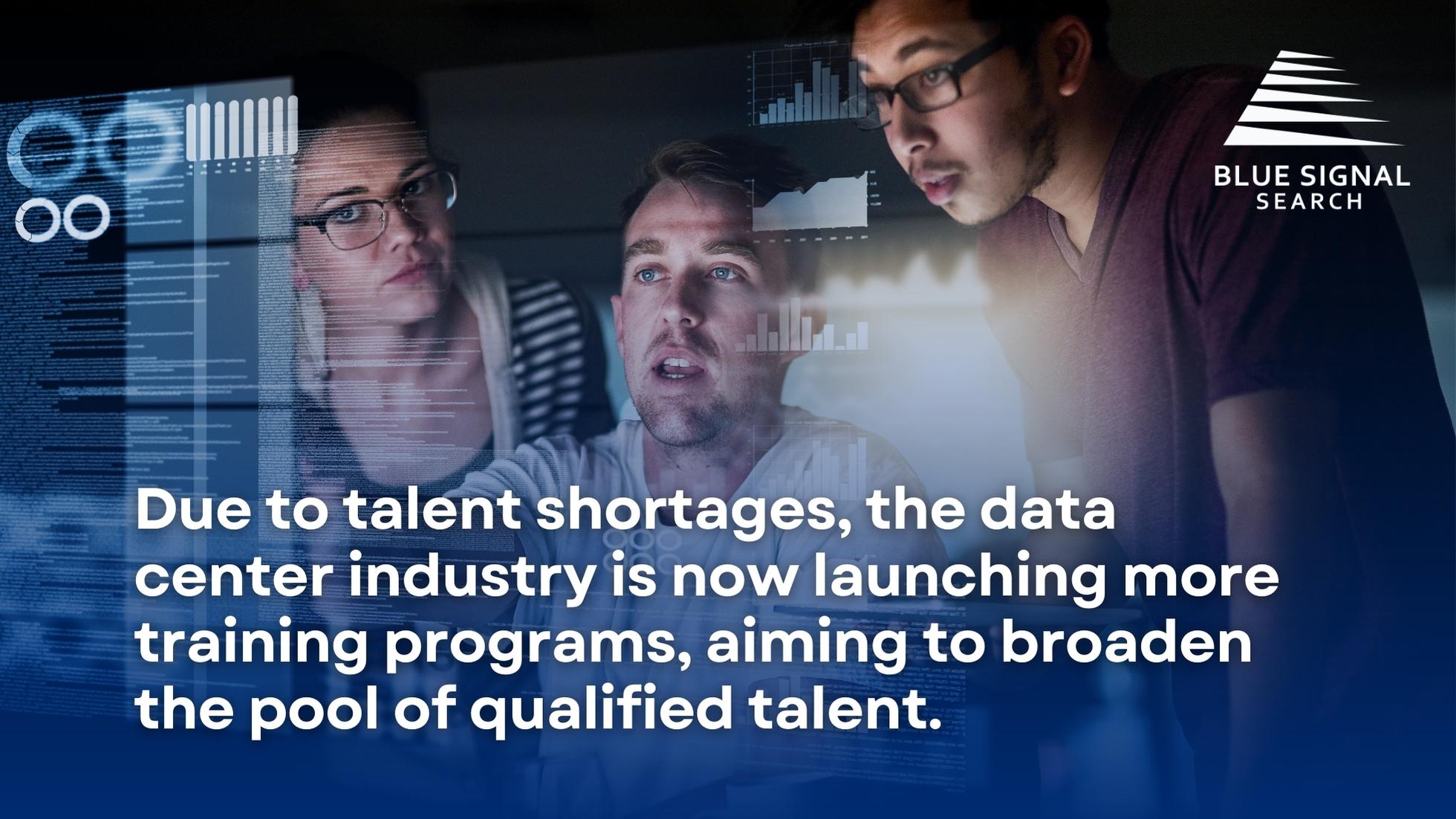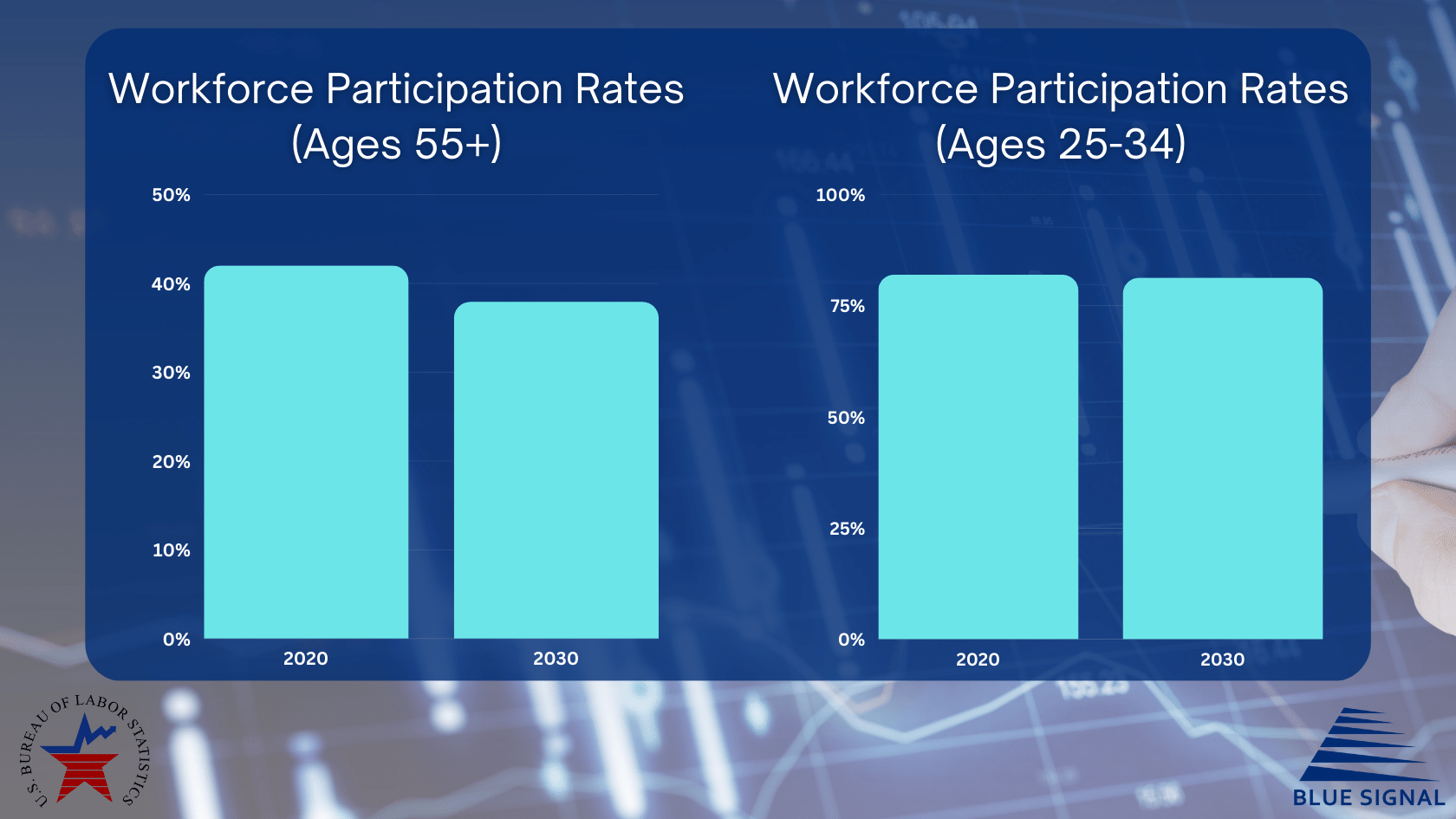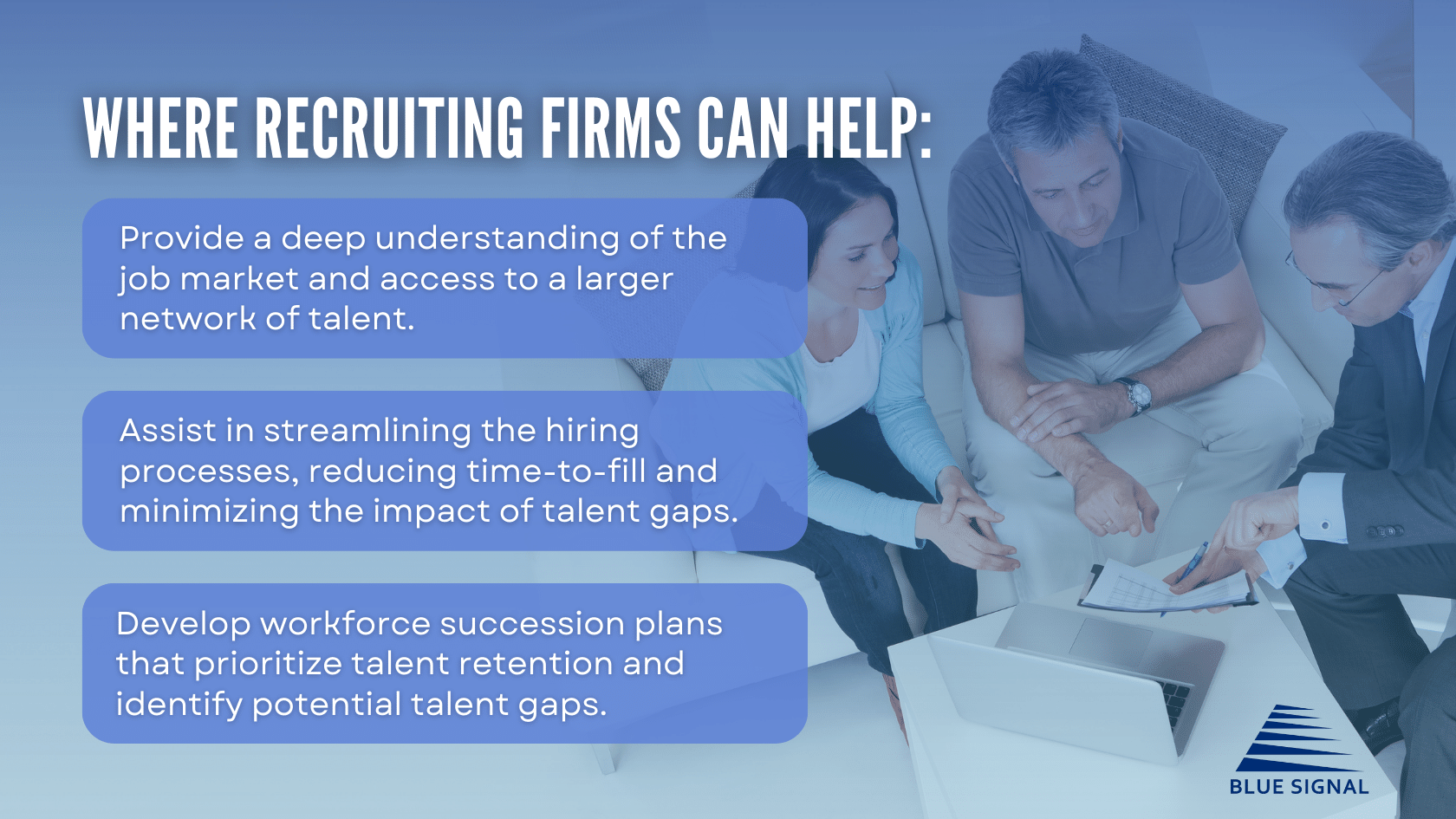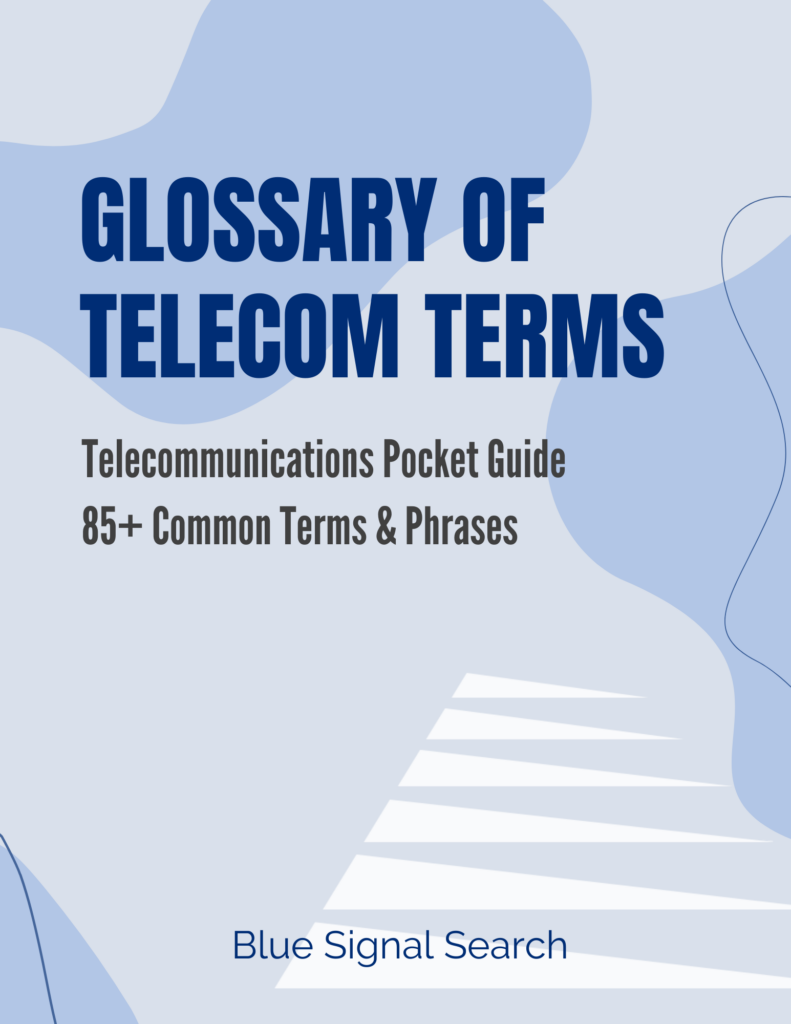Blue Signal Search, a leader in recruiting and executive search, is thrilled to announce its recent accolade as the #1 Largest Phoenix-Area Executive Search Firm by the Phoenix Business Journal. This distinguished recognition underscores Blue Signal Search's unwavering commitment to excellence in the recruitment industry. Leveraging specialized placement strategies and an intimate understanding of the local talent landscape, Blue Signal has emerged as a dominant force in executive search within Phoenix and beyond.
The ranking, determined by 2023 locally generated placements exceeding $100,000 annually, reaffirms Blue Signal Search's significant growth and sustained success in the executive search sector. With over 11 years of industry expertise and having completed more than 2500 search projects, Blue Signal continues to drive professional success for its clients through innovative and effective search processes.
About Phoenix Business Journal:

Phoenix Business Journal (PBJ) is Arizona’s premiere resource for breaking business news, including daily updates, weekly publications, and industry insights. PBJ is a member of the American City Business Journals (ACBJ) - the largest publisher of metropolitan business newsweeklies in the United States. ACBJ has 44 business publications across the country, reaching more than 3.6 million readers each week. With a commitment to providing comprehensive coverage of the local business landscape, PBJ serves as a vital platform for businesses to stay informed, connected, and empowered.
About Blue Signal Search:

Blue Signal Search has become the premier executive search firm within wireless/telecom, cloud and managed services, medical and healthcare, manufacturing, emerging technology, legal, and related industries. With our deep industry knowledge and streamlined search processes, we excel in securing high-caliber executive talent within tight timeframes. As a top-ranked executive search firm, our track record of success speaks volumes about our ability to drive our clients' professional achievements. Therefore, we immerse ourselves in our client’s businesses and our candidate’s careers to fully understand top priorities and the best direction for both parties. Our reputation is built on our ability to consistently incorporate these priorities into our executive hiring process to make long-term, impactful connections.
Check Out Our Other Awards:
- 3x Inc. Regionals Southwest 2022, 2023, 2024
- 3x Inc. 5000 Fastest-Growing Private Companies 2021, 2022, 2023
- Forbes Best Executive Search Firm, Professional Search Firm, and Staffing Firm 2020, 2023
- 3x Best Places to Work by Phoenix Business Journal 2020, 2022, 2023
- 3x Inc. Magazine's Best Workplaces 2021, 2022, 2023
- 4x Ranked #2 Executive Search Firm in Arizona by AZ Big Media 2020, 2021, 2022, 2023
- 2x #3 Permanent Placement Firm in Arizona by AZ Big Media 2022, 2023
- 2x #3 Temporary Placement Firm in Arizona by AZ Big Media 2022, 2023
- 2022 BBB Torch Awards for Ethics Finalist
- 2022 Inc. Inaugural Power Partner
- #1 Top Company to Work for in Arizona for Millennials by BestCompaniesAZ 2022
- #1 Technical Placement by Ranking Arizona 2022
- Best and Brightest Company to Work For by NABR 2021
Partner with us for your next hire.
Set up a free consultation with a recruiting manager. Tell us about your hiring need.
By submitting this form, you consent to receive communications from Blue Signal, including phone calls, emails, and text messages.
